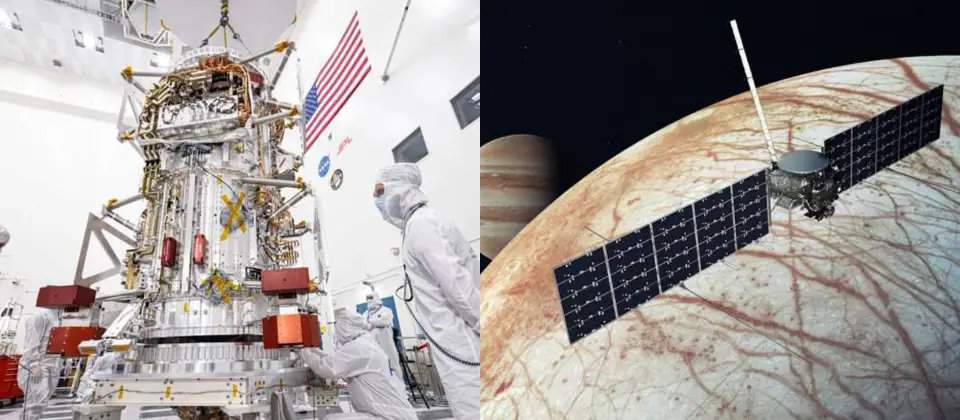While the world is celebrating the historic landing moon landing mission, Intuitive Machines has released a recent update about the mission. However, the recent news is not all that cool. The company behind this historic mission revealed that the Odysseus moon lander tipped on its side after getting tripped up during its soft-landing attempt near the lunar south pole. However, despite being tipped over, the moon lander is still able to transmit data back home.
“The vehicle is stable, near or at our intended landing site,” Intuitive Machines CEO Steve Altemus said today during a post-landing briefing at NASA’s Johnson Space Center. “We do have communications with the lander … so that’s phenomenal to begin with.”
Intuitive Machines Mission managers planned to explore the moon for seven Earth days until the next harsh lunar night. The spacecraft landed on the lunar surface with NASA’s $118 million instruments. The successful touchdown made the lander the first ever U.S.-built spacecraft to land on the lunar surface since the Apollo 17 mission in 1972.
Challenges Faced By Intuitive Machines While Attempting To Land Odysseus On The Moon
Landing this space probe on the moon was actually a challenging task. The team noticed that a safety lock on the lander’s laser range-finding system had not disengaged since the mission launched on Feb. 15. As a result of this, the laser range-finding system was completely damaged.
However, on Feb. 22, the mission director Tim Crain and other members of the team created another means of reprogramming Odysseus moon lander to make it use the experimental laser range-finding system that was part of NASA’s payloads to make a soft-landing on the lunar surface.
“In normal software development for spacecraft, this is the kind of thing that would have taken a month of writing down the math, cross-checking it with your colleagues, doing some simple calculations to prove the theory by putting it into a simulation, running that simulation 10,000 times evaluating performance,” Crain said.
“Our team basically did that in an hour and a half. And it worked.”
Crain also revealed that the challenge was spotted while they tried to activate, the range-finders during the pre-landing attempt.
“We would have probably been five minutes to the landing before we would have realized that those lasers weren’t working if we had not had that fortuitous event,” he said. “So, serendipity is absolutely the right word.”
The mission managers also revealed that the range-finder challenge was not the only problem Odysseus’ lander encountered while making its landing attempt. The spacecraft moved at a landing speed faster than projected. To be specific, the lunar lander traveled to the lunar surface at a downward velocity of 6 mph and a sideward velocity of 2 mph.
Why Odysseus Moon Lander Tipped Over On The Lunar Surface
Altemus revealed that the telemetry shows that one of the lander’s feet was caught up with something as it touched down the lunar surface, making the phone booth-sized spacecraft tipped over on its side. The lander’s current attitude suggests that it may be hung up on a rock, lying on a slope, or stuck in a crevasse.
On the day that the lander touched down on the lunar surface, it was standing upright. However, after a few days, Intuitive Machines revealed that the mistaken assessment was based on “stale telemetry” from the lander’s fuel gauges. Even as the lander is not standing upright, some of its solar arrays are still able to generate solar power and some of its antennas are facing in the right orientation to communicate with ground stations back on Earth.
“We do have antennas, however, that are pointed at the surface, and those antennas are unusable for transmission back to Earth,” Altemus added. “And so, that really is a limiter. Our ability to communicate and get the right data down, so that we get everything we need for the mission, I think, is the most compromised from being on its side.”
The Odysseus team is also working to increase the flow of data including imagery that could show how the lander is lying and determine if it sustains any damage.
“As we get more telemetry and turn more things on, we’ll be updating you over the coming days [about] the analysis and the reconstruction of the landing,” Altemus said.
Altemus also revealed that NASA’s Lunar Reconnaissance Orbiter is yet to fly over the landing area over the weekend and capture views from above. This imagery from lunar orbit will help Intuitive Machines and NASA determine how close Odysseus’ moon lander came to its landing target, near a crater named Malapert A.




